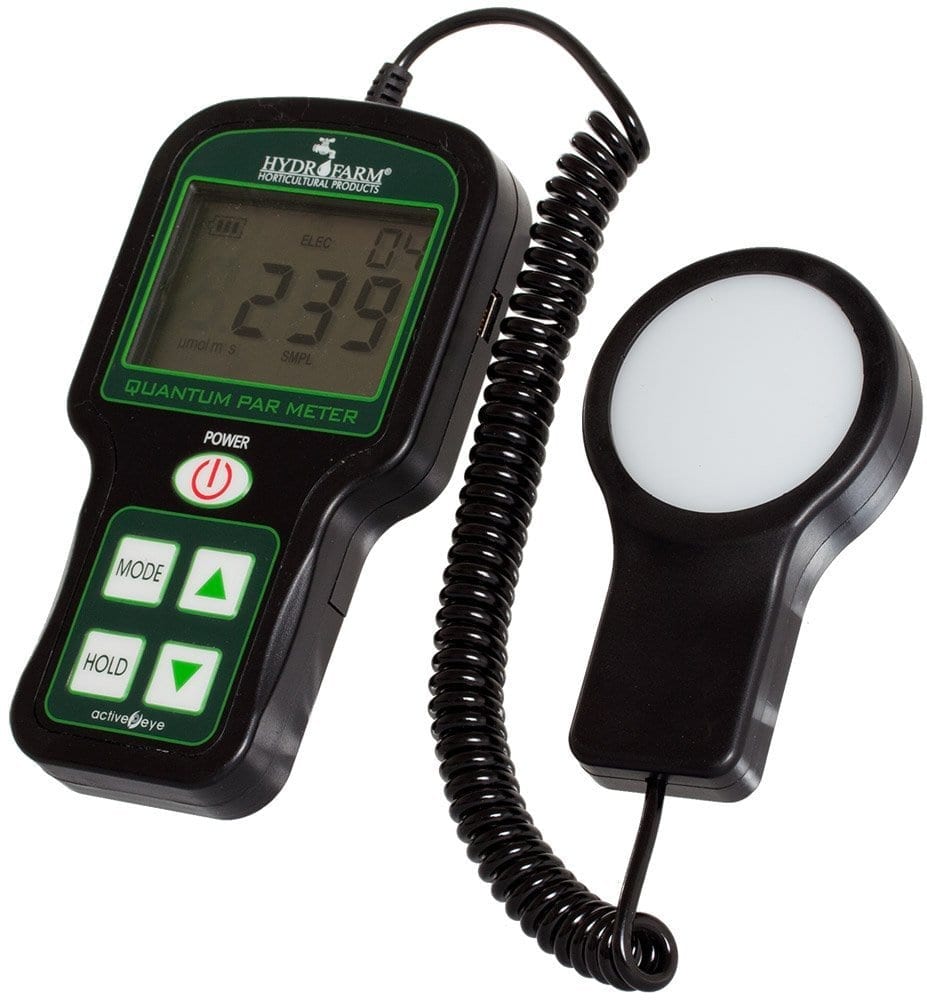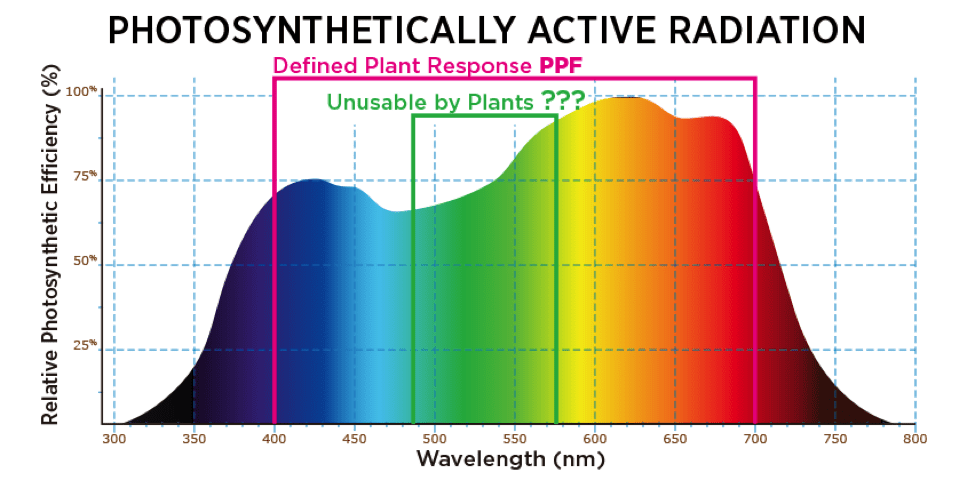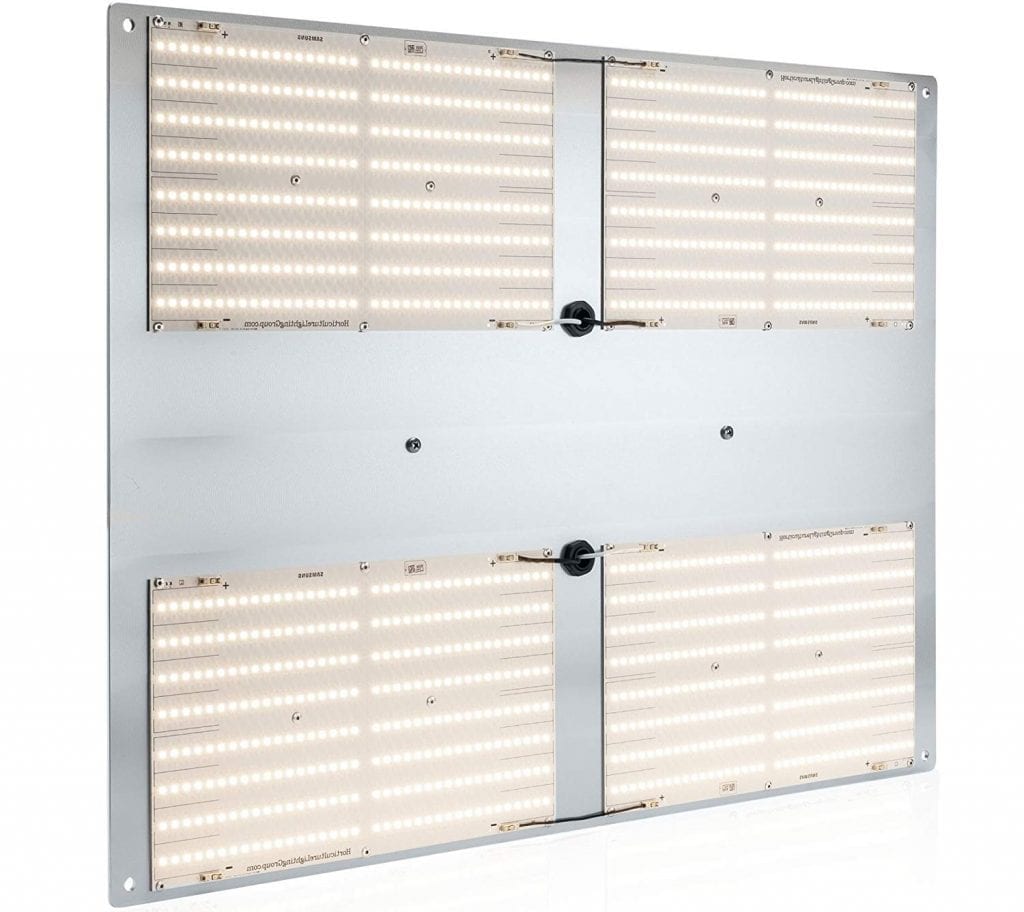Did you know that color spectrum affects the growth of cannabis plants? If not, not a big deal! We will tell you everything you need to know about light spectrum and growing cannabis plants indoor.
Although natural light would possibly seem white to most people, it’s actually created from many alternative colors. You’ll see this in action once you shine white light through a prism, or if you catch the sight of a rainbow.
Once white light is refracted into its individual components, you’ll see all the colors that compose that light! A full spectrum LED grow lightcan help you achieve the same results as this white light of the sun produces for plants.
Decisions based on color spectrum
In the past years, we’ve learned that plants really create “decisions” regarding the way to grow supported by the spectrum of sunshine they receive. A different color spectrum will change the way cannabis germinates grows and even makes buds!
Though we don’t have any influence on the daylight once growing outdoors. We do have nearly complete management of the spectrum once growing cannabis indoors. Depending on the features of your LED grow light.
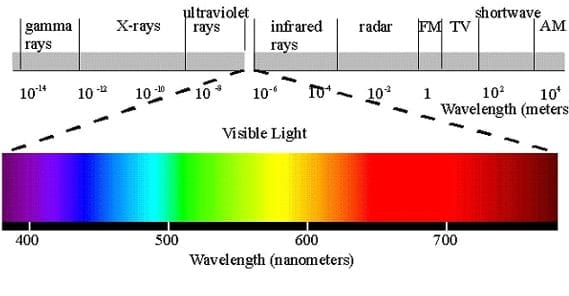
The big question on full color spectrum
So what’s the best light spectrum for growing cannabis? Sadly that’s a giant question since every part of the light spectrum has its own distinctive effects. Also, a few parts of the spectrum are of more help than others.
The growth of a plant might sound straightforward and easy. The plant has to be patterned, the soil has to have bound nutrients, and it has to be in an environment where it receives the right amount and type of light. However, the latter will have a giant impact on the development of a plant…
A crucial part within the growth phase of a plant besides water and CO2 is daylight. By receiving all, a plant can come to a process called photosynthesis. Water, carbon dioxide, and daylight create the holy trinity for plants.
Light behaves like a wave. As such, it displays completely different properties counting on its wavelength. The wavelength of this wave determines its color and whether the light is visible for the human eye.
Over the past years, there have been numerous studies that got into the effect of different wavelengths and their effect on plant growth. What’s good for cannabis plants is also good for plants in general. So, research was mostly conducted on plants in general.
Thanks to the recent developments in semiconductor diodes, these diodes can isolate specific wavelengths. Different wavelengths come in handy in various growth stages of the plant.
The perfect wavelength for a plant, however, is not only determined by its height, weight color or texture. It is also determined by the chemical temperament of the plant itself. Therefore, we can’t tell you the perfect light spectrum that your plant needs.
Why do cannabis plants react to the spectrum of light?
Once growing outdoors in the sun, the spectrum of sunshine received really offers a cannabis plant heaps of data regarding what’s happening in the world around him.
To give one example; throughout the spring and summer, more blue spectrum of sunshine reaches the earth. This is a result of the light rays that take a more direct path through the sky.
During the summer, a plant responds to the present bright direct light (with voluminous blue) as a cue to grow vegetative with bigger leaves and short stems. The plant tries to receive the maximum amount of blue light by increasing its leaf mass.
How light spectrum changes the growth of a cannabis plant
Light is a component of the electromagnetic spectrum. It not only incorporates the visible radiation spectrum, but conjointly includes x-rays, gamma rays and infrared.
Plants react to the lower spectrum spectrum via a method (known as photosynthesis) that uses sunlight to synthesize nutrients from carbon dioxide and water.
Although a plant can’t physically move itself to another spot, it’s growing dynamically to maximise the amount of sunshine it gets.
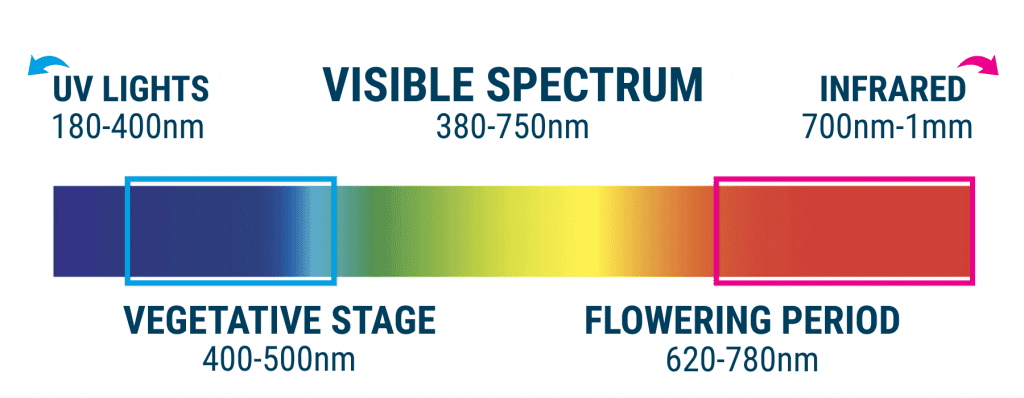
For example, a plant turns its leaf blades to face the light and to move with the direction of the sun. The plant puts all its leaves down at midnight to save lots of energy and shield itself.
A cannabis plants is doing the same thing as all other plants and also the light spectrum is very important in the life of a plant. It gives the cannabis plant information on how to grow.
Like humans, cannabis plants use the signals from their senses to know how to grow. For example, we have a nose to smell and it helps us in finding food. However, we also use our noses to capture the hidden messages in smells.
Ultimately a nose can only signal to people regarding attainable food sources. We don’t actually eat with our noses – we need our mouth to consume the food.
Thriving in its environment
Plants have light sensors (photoreceptors) all over itself that act quite just like the plant’s “nose”. These photoreceptors receive info regarding the light spectrum.
Similar to humans, that use their sense of smell to assist notice sensible food, the plant uses the knowledge regarding light spectrum to facilitate the plant growth. It enables the plant to thrive in its environment to maximize its potential.
However, just like we can’t actually eat food with our noses, plants can’t create energy from receiving light with their photoreceptors. Making a perfect atmosphere for cannabis plants is only doable by understanding the principles of nature. The light spectrum is just one part of the complete mix needed for photosynthesis.
Most cannabis growers have multiple objectives in mind when designing an internal grow. Produce high yields, increase psychoactive substance levels, or just enhance the general health of a plant can all be a goal of their hobby.
This part of strategic designing involves the challenge to link information of various scientific fields with finding a technical solution that helps to achieve those goals. Besides dedication and knowledge, it’s the tendency to experiment that differentiates sensible growers from future consultants.
The effects of every color
We have summed up what every part of the color spectrum does with a plant. We also added the effects that adding or removing the spectrum can have. Cannabis color spectrum information can help a lot in optimizing your cannabis growth. Use this outline to get started experimenting on your plants:
- Ultraviolet – No exposure produces higher yields.
- Violet – Enhances the color, taste, and aroma of plants.
Blue – Will increase the expansion rate of plants.- Green – Enhances pigment production and is employed as a pigment for correct plant viewing.
- Yellow – Plants exhibit less growth compared to blue and red lightweight.
- Red – Once combined with blue light it yields additional leaves and crops, counting on what’s being
full-grown way. - Red – Hastens the Photochromic conversion. This reduces the time a plant takes to travel into a nighttime state. More red light enables the plant to supply a larger yield.
Are you looking for a LED grow light with a fully customizable color spectrum? Check out the California Lightworks SolarSystem 550. Are you looking for a small LED grow light? Check out the COB LED grow light reviews.
Table of contents



